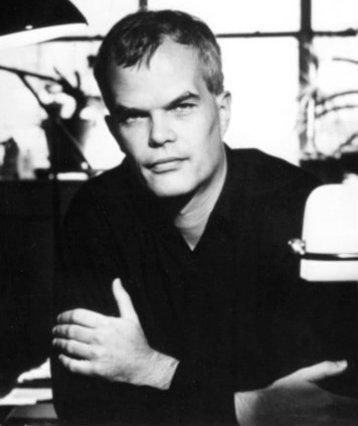Introduction
What does George Washington (or any other Founding Father) mean to 21st-century Americans? Do we know him, admire him, look up to him? Much less than did our predecessors.1 Concerned about this change, journalist and historian Richard Brookhiser (b. 1955) has tried to do something about it. He has crafted engaging “moral biographies”—like those written by the ancient Greek historian Plutarch, in his Parallel Lives of Greek and Roman political figures—of George Washington, Alexander Hamilton, Gouverneur Morris, and James Madison; and he has written and hosted television documentaries (with Michael Pack) on “Rediscovering George Washington” and “Rediscovering Alexander Hamilton.” In this introduction to his 1996 biography, Founding Father: Rediscovering George Washington, Brookhiser shows how highly Washington was once regarded by leading Americans and how and why he has become, for us, more remote and even unimportant. Against the stream, he sets out his reasons for trying to revive interest in The Founding Father.
What does Brookhiser want us to see in the Trumbull paintings at the Capitol? Why, according to the essay, has Washington become remote to us? How have both “humanizers” and “debunkers” contributed to this diminution of his heroic standing? How does Brookhiser propose to counter these tendencies? What does he mean by saying that “one must look for the man in the glare of public life”? What does he mean by “a moral biography”? Can Washington’s life, if properly told, still have, as Brookhiser insists, “the power to inspire anyone who studies it”? Are you open to such a possibility yourself?



Post a Comment